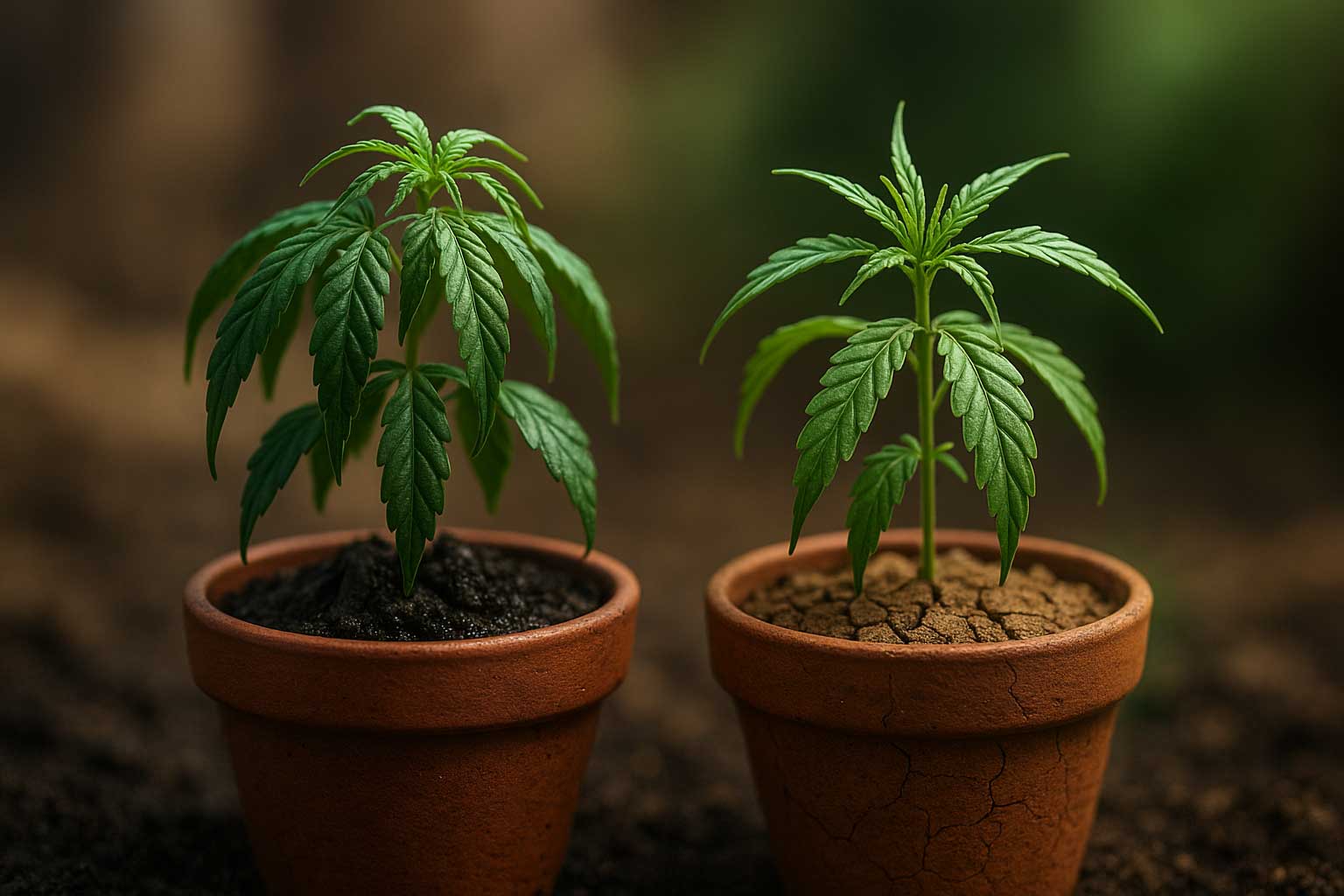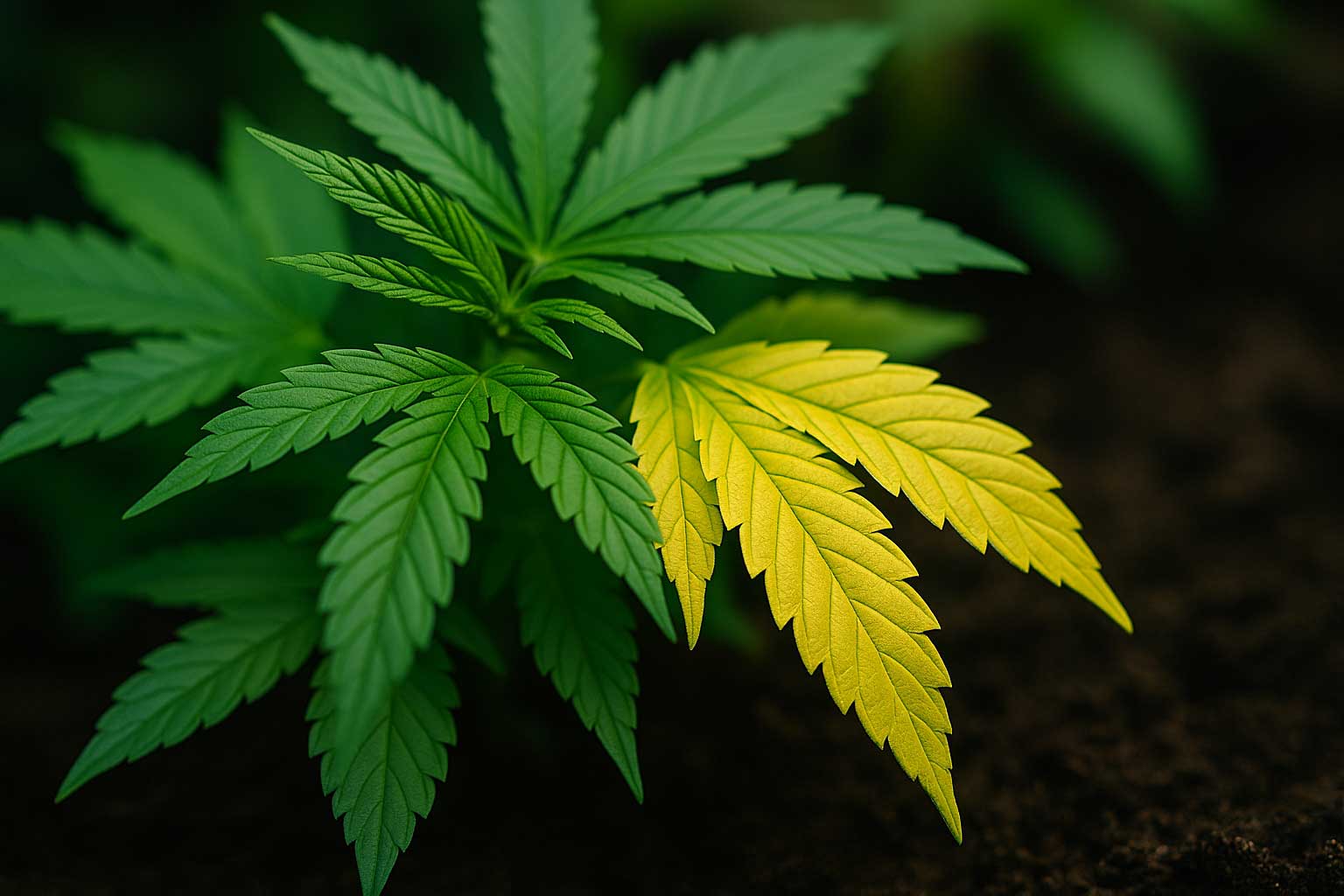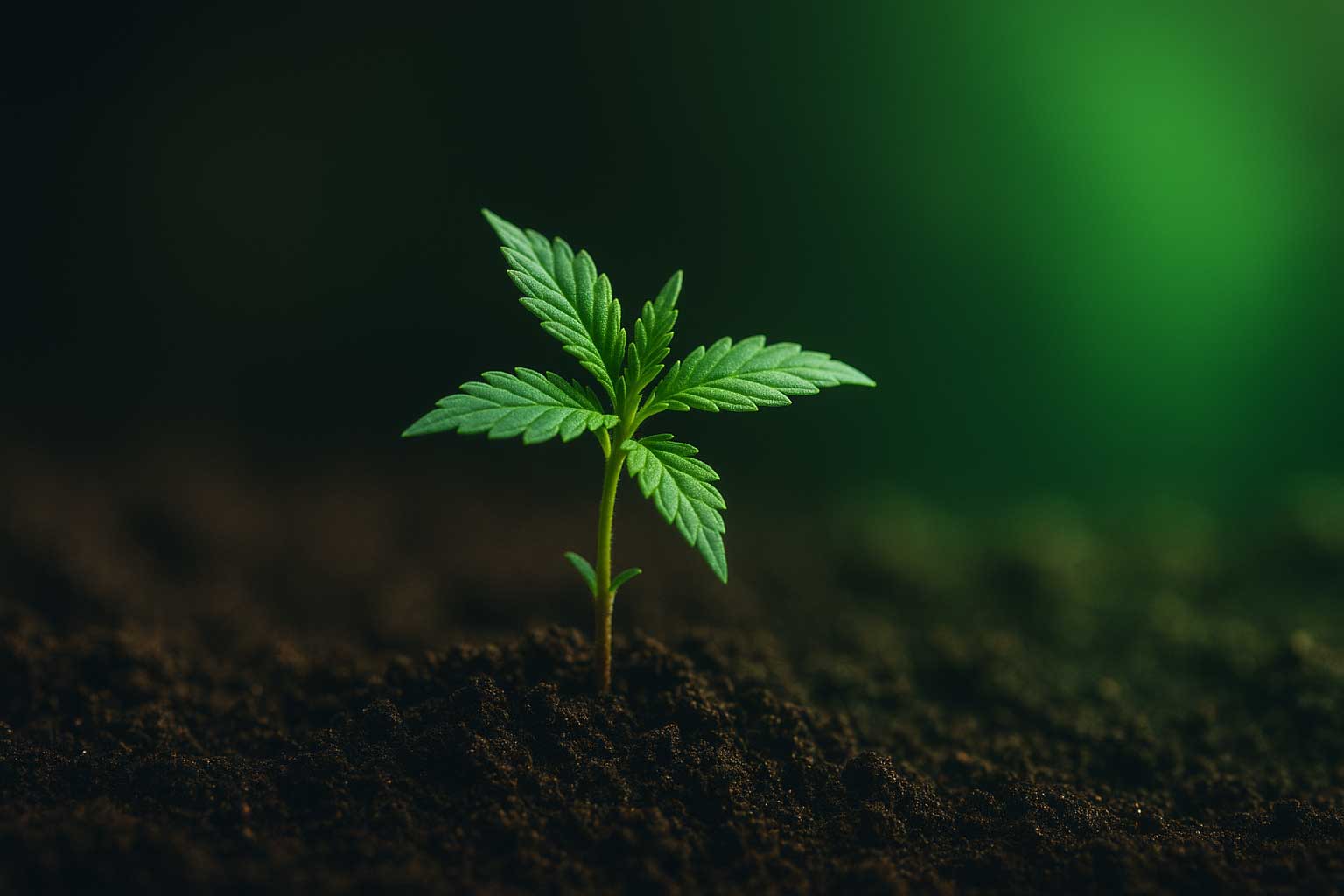How to Tell If You’re Overwatering or Underwatering Cannabis Plants
Every new cannabis grower asks this at some point: “Am I giving my plants too much or too little water?” Don’t worry — it’s one of the most common challenges. The good news is your plants give clear signals once you know what to look for. Use this guide to spot the difference and fix watering issues fast.
Educational content for adults in legal regions. Always follow local laws and grow responsibly.
💧 Why Watering Matters
Water drives nutrient uptake, root health, and overall vigor. When the balance is off, cannabis growth stalls. Overwatering reduces oxygen at the roots; underwatering limits nutrient movement — both cause stress in different ways.
🌊 Signs of Overwatering
Overwatering happens when the medium stays wet for too long and roots can’t breathe. This can lead to root issues and slow growth.
What to look for
- Droopy or “clawing” leaves even though the medium is wet
- Yellowing lower leaves and slow new growth
- Soggy, compacted soil; musty smell
- Fungus gnats or surface mold/algae
Simple fix: Allow the top 2–3 cm (about 1 inch) of soil to dry before watering. Ensure pots have drainage holes and avoid standing water in saucers. Improve aeration by adding perlite to soil or by using fabric pots. In coco, water less frequently but to light runoff, maintaining good air exchange in the root zone.
🔥 Signs of Underwatering
Underwatering occurs when roots can’t access enough moisture to support metabolism and nutrient flow.
What to look for
- Dry, dusty medium pulling away from the pot edges
- Leaves feel dry, curl inward, or develop crispy tips
- Slow growth, droop that improves quickly after watering
- Very light pot weight when lifted
Simple fix: Water thoroughly and evenly until a small amount drains from the bottom. If water runs off very dry soil, bottom-soak the pot for 15–20 minutes to rehydrate. Resume a consistent rhythm so the medium cycles from moist to lightly dry — not bone-dry.
🌱 How to Find the Perfect Balance
Instead of watering on a strict calendar, water based on plant needs, pot size, medium, and environment (temp/RH).
Try these tips:
- Finger test: If the top 2–3 cm feels dry, it’s time to water.
- Lift test: Learn the weight of your pot when dry vs. watered.
- Pot size: Smaller pots dry faster; larger pots hold moisture longer.
- Stage-based needs: Seedlings need gentle, frequent light moisture; veg plants drink more; late flower often prefers a slightly drier cycle.
- Medium matters: Soil prefers moist–dry cycling; coco likes frequent, smaller irrigations with light runoff.
🧪 pH & Runoff Basics (Beginner-Friendly)
Even perfect watering can fail if pH is off — nutrients won’t absorb correctly.
- Soil pH: 6.0–7.0
- Coco/Hydro pH: 5.8–6.2
Quick check: Test feed water and occasional runoff. If growth stalls despite proper watering, adjust pH into range and observe for a week.
🌿 Best Practices for Healthy Watering
- Always use pots with drainage; empty saucers after watering.
- Use room-temperature water to avoid shocking roots.
- Water early in the light period so excess moisture evaporates naturally.
- Increase airflow (gentle oscillating fan) to help the medium dry evenly.
- In coco, feed light nutrient solution most irrigations; in soil, alternate water and feed as needed.
🌾 Quick Comparison Table
| Condition | Common Signs | Fix |
|---|---|---|
| Overwatering | Droop while wet, yellow lowers, gnats | Let medium dry, improve drainage/aeration |
| Underwatering | Crispy tips, inward curl, dry medium | Water deeply and evenly; rehydrate if hydrophobic |
| pH out of range | Stalled growth despite watering | Soil 6.0–7.0; coco/hydro 5.8–6.2; adjust gradually |



